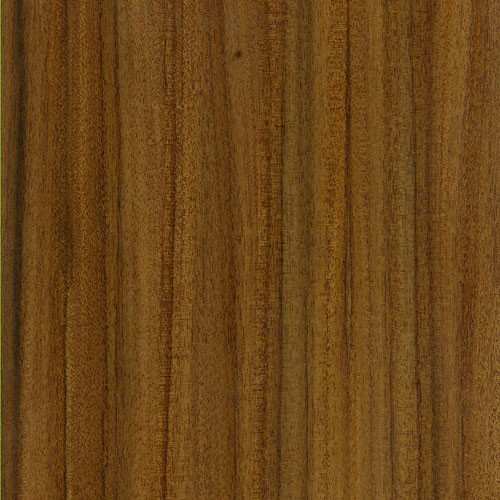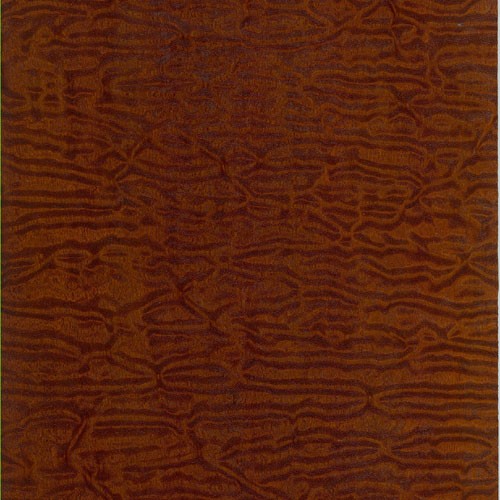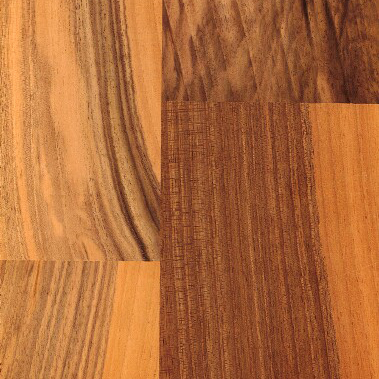Australian Walnut
[Endiandra palmerstonii]
Found almost exclusively along the east coast of North Queensland – notably between the towns of Innisfail and Atherton – Australian Walnut grows prolifically in the humid, subtropical Daintree rainforest canopy. And, in fact, is sometimes referred to as “Queensland Walnut.”
Interestingly, despite its name, color, and appearance, Australian Walnut isn’t actually related to the true Walnuts in the Juglans genus. But similar to its namesakes, its edible seeds are savored as a nutritious nut, usually after roasting, and have been for ages by Aboriginal Australians. Flavor wise, the nuts are deliciously similar to roasted hazelnuts.
A large tree, reaching up to 130 feet tall, Australian Walnut produces medium-weight, durable wood. And reportedly possesses very good electrical insulation properties, making it a favorable wood for some types of electrical enclosure applications. However, due to its low natural resistance to rot, decay, and termites, it’s only recommended for indoor use.
A smart, handsome looking wood, Australian Walnut closely resembles European Walnut in appearance. While its heartwood varies in color from medium pinkish brown to dark brown – often with pinkish, greyish green or blackish streaks – its sapwood is a pale yellow color. Usually interlocked, the grain of Australian Walnut is frequently wavy, with a medium texture and moderate, natural luster.
Prized as a classic, decorative wood, Australian Walnut makes an excellent choice for wood veneer sheets, custom plywood, fine furniture, cabinetry, and guitars.
Species Distribution:
Australia
Northern Queensland
Common / Alternative Names:
Queensland Walnut
Orientalwood
Koah
Goaj
Janka Hardness:
1,670 lbf
Sustainability Status:
CITES Appendices: Not listed
IUCN Red List of Threatened Species: Not listed









